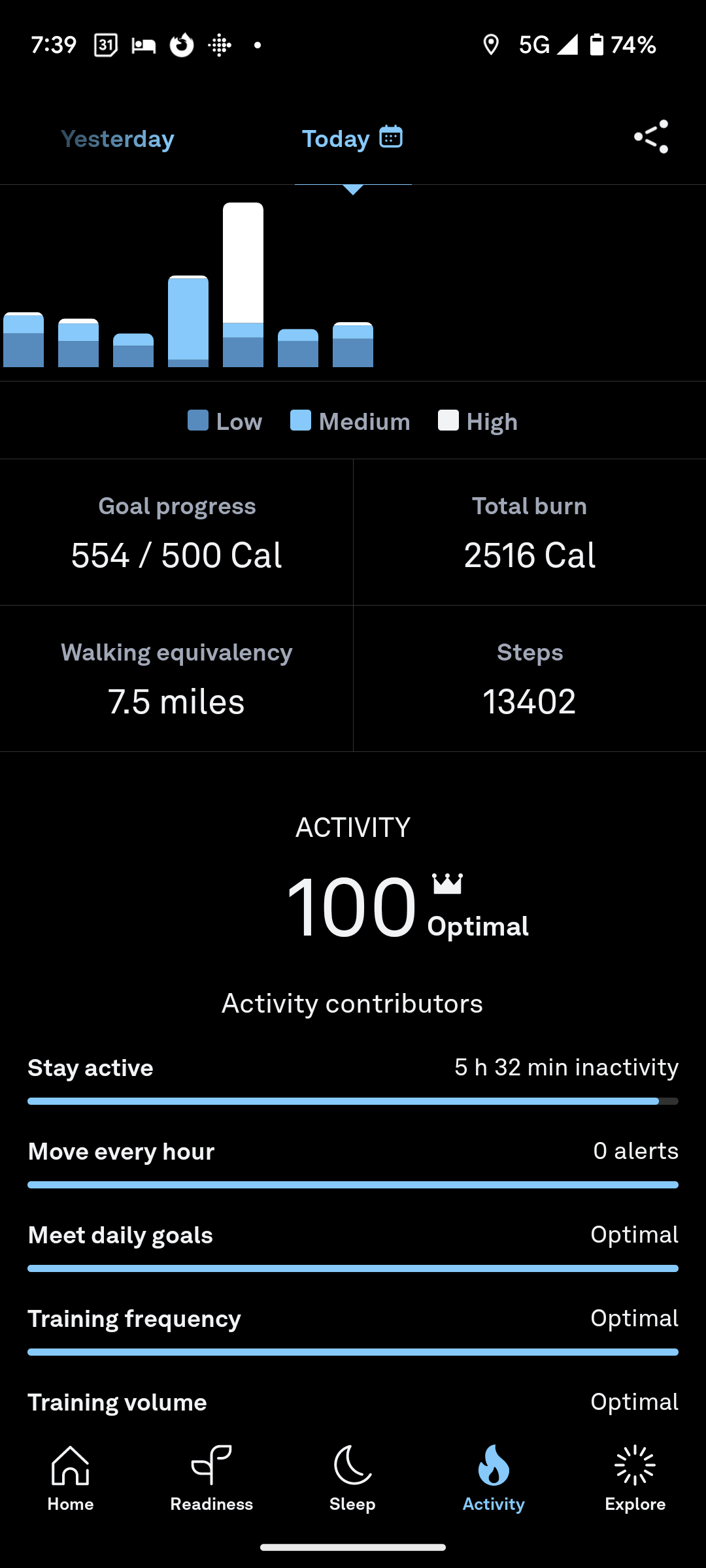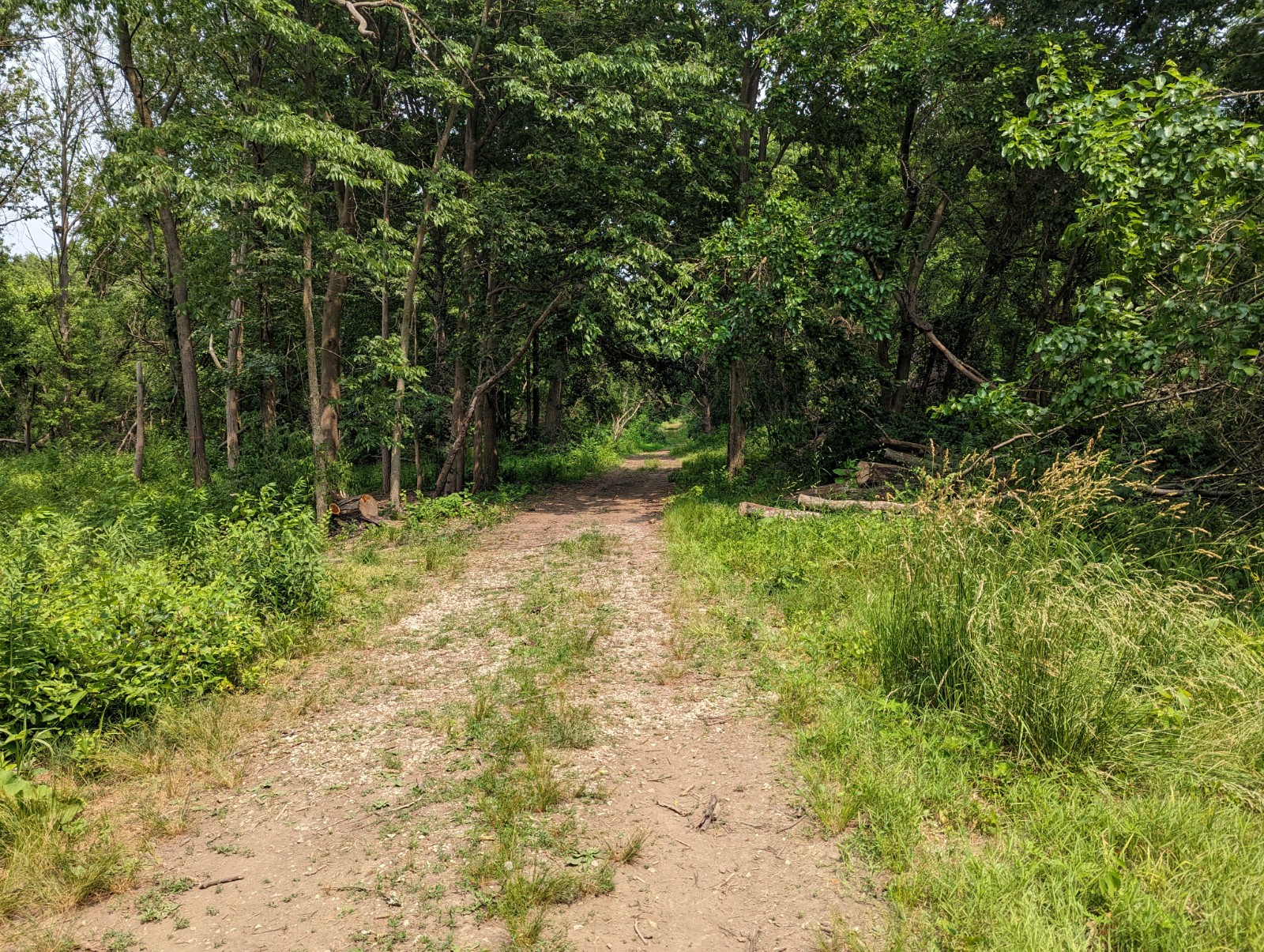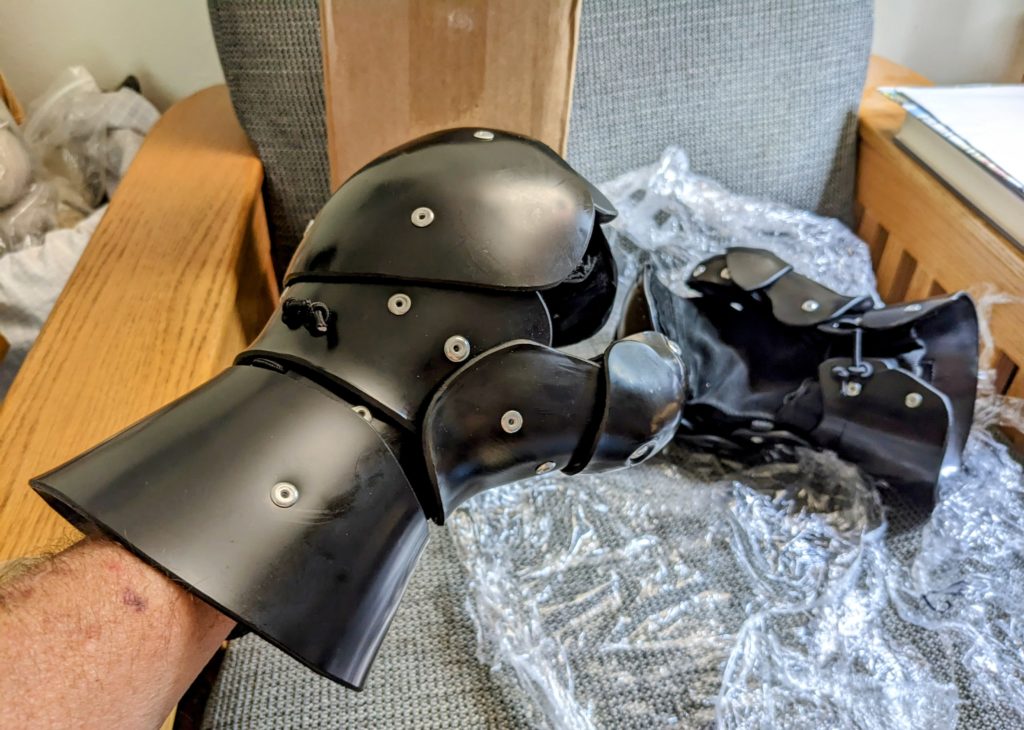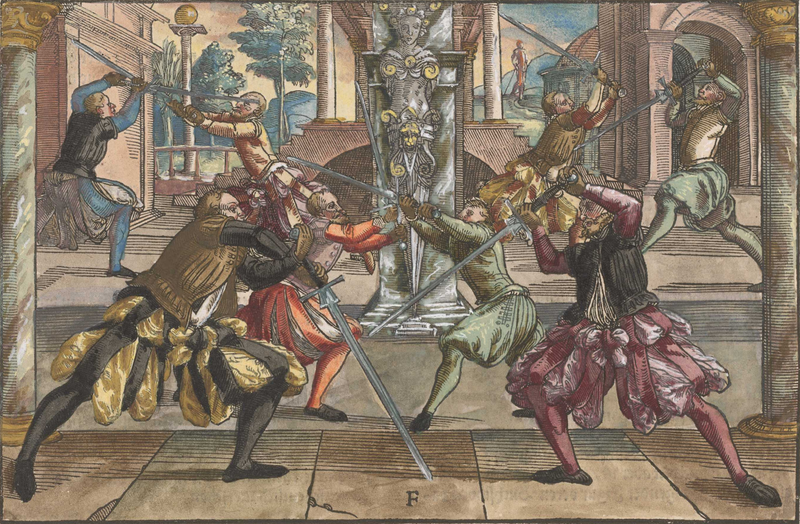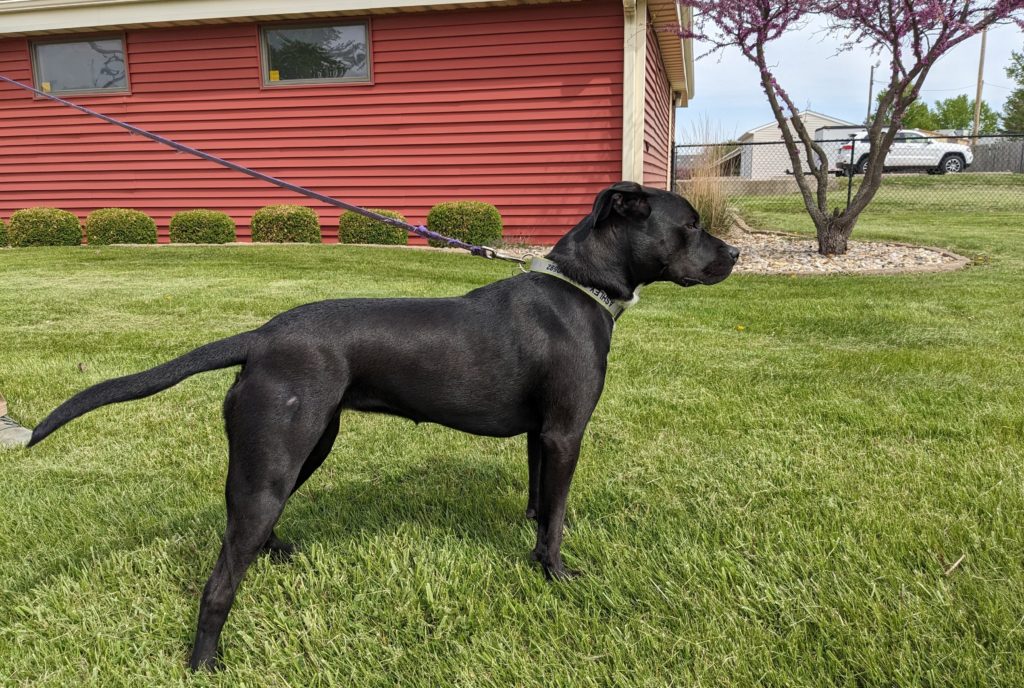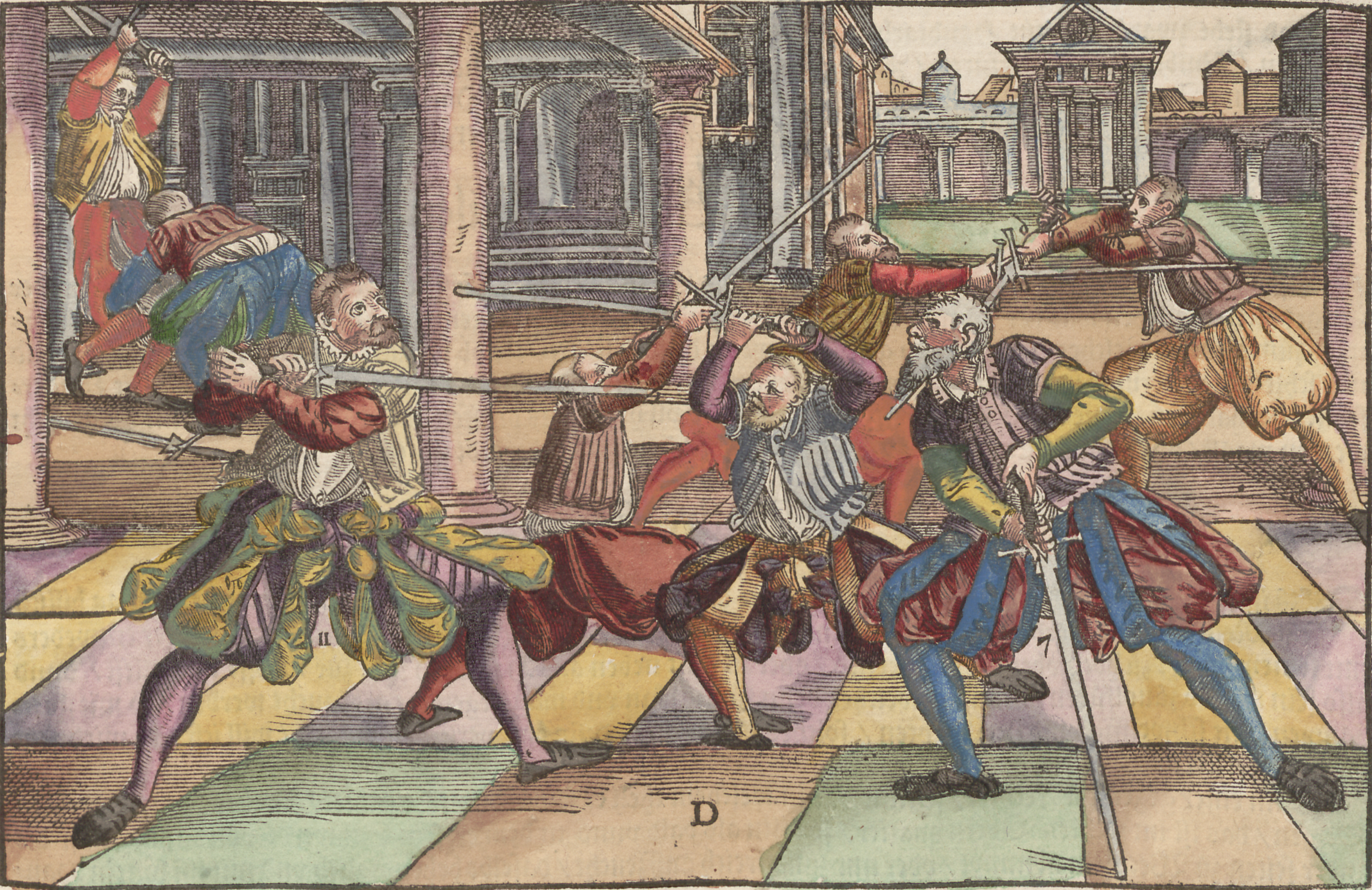I was not particularly sporty as a child. My dad played catch with me an ordinary amount of time for a father who had no particular aspirations that his son would be a sports star. I played whiffle ball with the neighborhood boy across the street, and threw that ball a good bit. I took tennis lessons, and played quite a bit of tennis, and eventually got sorta okay at tennis, and there’s a certain amount of throwing in tennis, to get the ball to the person whose serve it is. (Plus, a serve and a forehand are both throwing-pattern type movements.)
My point is simply that although I did throw balls around some as a boy, it was never important, and I pretty much quit as soon as I was out of high school.
(And even in high school phys ed there was way less ball-throwing than there probably should have been—the fake, altered versions of sports that they made us play in class provided neither training nor practice for the kids who were not “good at sports.” We were sent out to stand in the field and do nothing except be available to be blamed once every 10 or 15 hours when a ball unexpectedly came our way.)
This was brought home to me a couple of times in the past decade or so. Once, perhaps 10 years ago, while out walking near some ball fields in our old neighborhood, I had a softball roll up at my feet. A player across the street asked me to throw it to him. I attempted to do so, and ended up throwing it perhaps halfway to him.
That was embarrassing.
When I thought about why I did so poorly, my analysis was that there were several issues. One was perhaps just a lack of strength. Just as much was simply having forgotten how hard to throw a ball to get it to go a particular distance—an important skill in many sports, and one that requires quite a bit of training. Mainly, though, I think the issue had to do with having lost the fine motor-control patterning. Throwing a ball involves a bunch of muscles that all have to fire in sequence, each one at just the right moment.
I was reminded of this more recently, because Ashley likes to chance a ball, so I’ve been throwing one for her from time to time.
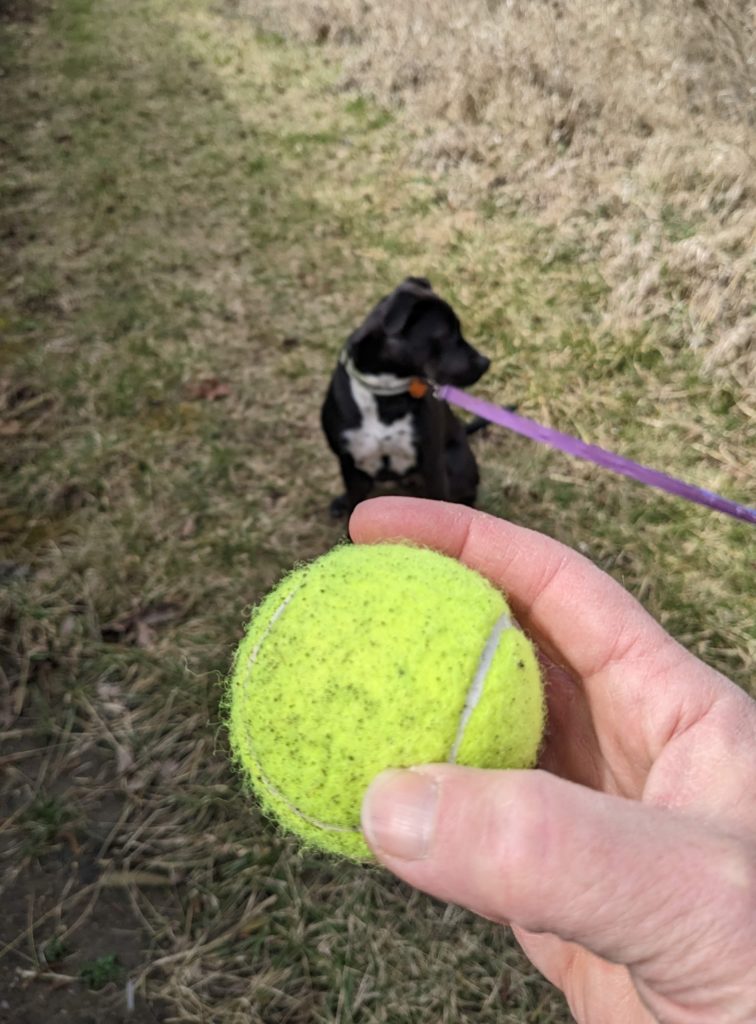
When I started doing this, around the end of November last year, once I had Ashley signed up for the dog park, I was crap at throwing a ball.
I’m still crap at throwing a ball by any objective standard, but maybe 1000 throws, spread out over the course of six or seven months, have gotten me up to being able to throw the ball perhaps three times as far as I could in November, and with quite a bit more accuracy.
I suspect that the main thing is simply the muscle pattern stuff: my nervous system has relearned which muscles to fire at which moment in order to execute a competent throw. Secondarily, I think my heavy club swinging has helped some. Inside Circles are essentially a throwing pattern, and using a 15 lb club lets me build considerable strength in those muscles.
It’s not the exact same motion as throwing any particular ball, so I still need to practice whatever throw I want to be good at, but the muscles are being strengthened in the right patterns, which I’m sure has already helped.


